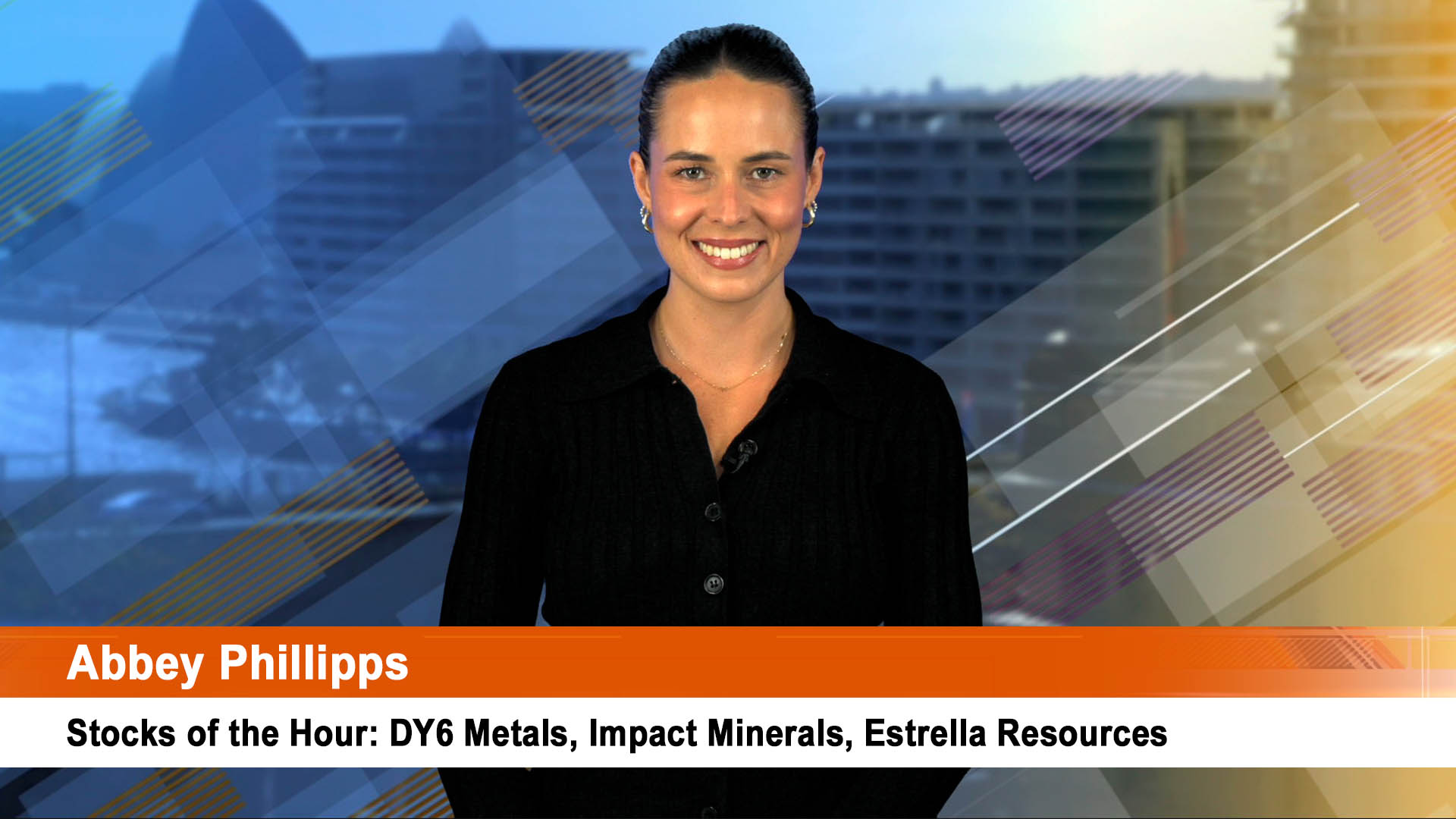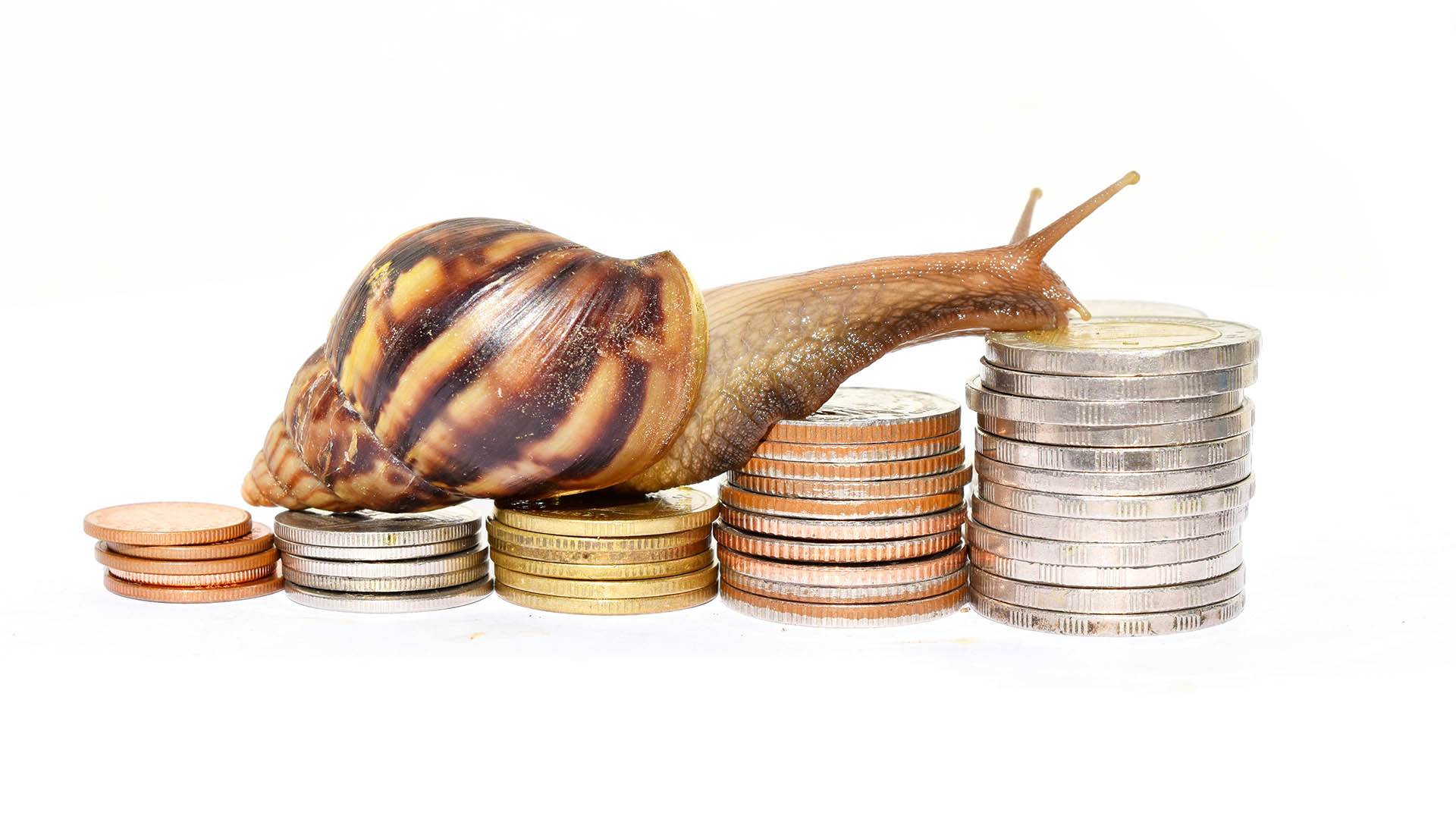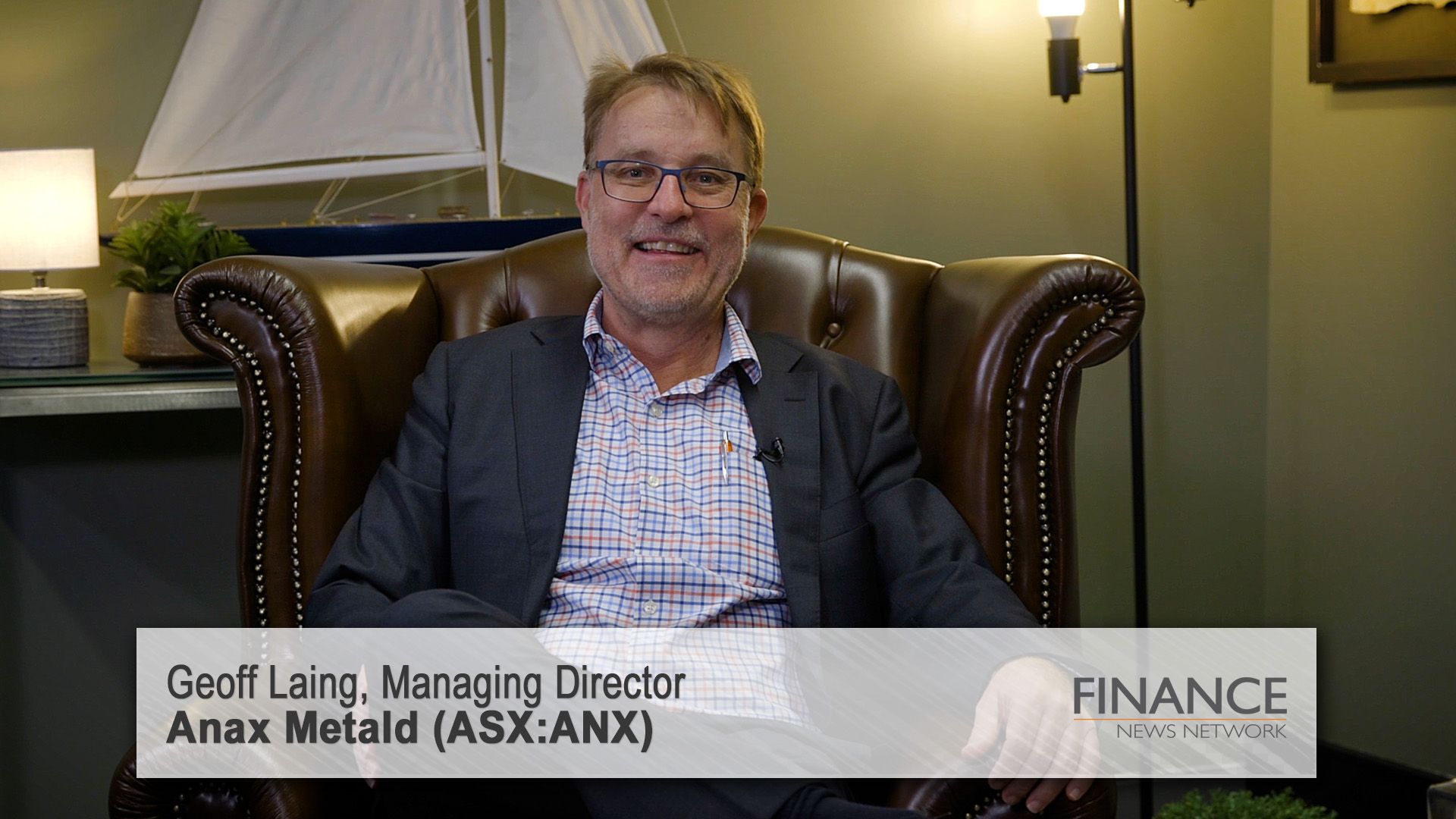Wall Street sold off on irrational fears the US Federal Reserve might raise interest rates at its two day meeting in June. That was after a non-voting member of the Open Markets Committee – the rate setting body at the central bank – indicated that markets had not been focusing on the June meeting for a possible rate rise.
Down went the Dow, dropping more than 200 points at one stage, a curious fall given there is virtually no chance of a rate rise next month for one simple reason – the UK vote on leaving the EU on June 23, 8 days after the Fed meeting on June 14 and 15.
The Dow sank to its lowest level in almost two months after the comments, losing 180 points, or 1%, to 17,529, its lowest close since March 28.The S&P 500 index ended down 19 points, or 0.9%, to 2,047, while the Nasdaq Composite Index finished off 59 points, or 1.3%, at 4,715.
Apple shares fell 0.4% after rising 4% the day before in the wake of Warren Buffett’s $US1 billion investment in the stock.
Our shares will start lower after a 30 point dip on the ASX 200 futures market overnight, while the Aussie dollar is trading higher around 73.25 US cents.
The UK vote is too close to call at the moment and it looms as a major moment for markets of all types. A ‘leave’ vote could trigger a surge of selling in sterling, a jump in the value of US, Japanese and other bonds gold and oil.
And investors ignored a qualification to that effect in his comments overnight from the man who triggered the sell-off, Atlanta Fed President Dennis Lockhart.
He and San Francisco Fed President John Williams (who also spoke at the same conference in Washington) said the Fed’s decision on whether raise rates would be taken on the data releases between now and then.
June “certainly could be a meeting at which action could be taken,” Lockhart said. Lockhart also said recent inflation readings had been “encouraging” while early signs pointed to growth rebounding from the soft first quarter, meaning that June should be a possibility for a move.
But he also stressed that he had not made up his mind about whether the central bank should lift rates next month, and is watching data and risks such as the UK referendum on membership of the European Union. Lockhart is one of the most prominent inflation first bears on the Fed.
In fact Mr Lockhart pointed out that July could be a better month to focus on for a possible rate rise at the two day meeting on the 26th and 27th of that month.
Mr Lockhart said by the July meeting policymakers would have a bit more economic data covering the second quarter as well as knowing the result of the UK referendum. “I think if it were a question of being cautious in June, July should be a real possibility, but with communication that prepares the markets,” he was quoted as saying by marketwatch.com
Wall Street’s sell-off came after most markets in Asia and Europe added ground. Oil prices rose and gold was higher overnight.
The big data event overnight was the April consumer price index which on a headline basis, showed a sharp rise of 0.4%, up from 0.1% in march and driven by higher oil and petrol prices (not a surprise). Annually, inflation hit 1.1%, up from 0.9%, but still well below the Fed’s 2% target.
Core inflation – which strips out volatile elements such as food and energy – rose to0.2% in April from 0.07% in March. On an annual measure, core inflation fell to 2.1% , from 2.2% in March. But the Fed’s preferred measure sits well below 2%, so inflation is not a worry in the US, despite what the bears might argue.













